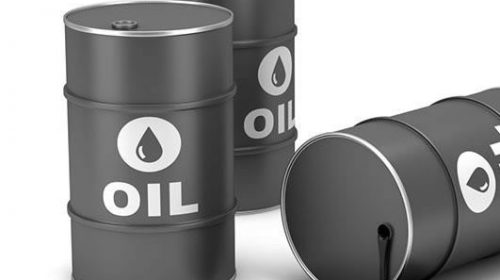COVID could elevate US hurricane claims: PCS

By: Katie Baker —Due to the increasing number of COVID-19 cases across areas of the United States, there is potential for added pressure to the catastrophe re/insurance market, according to Verisk company PCS, who has undertaken research on the matter.
Focusing mainly on hurricanes, PCS has analysed how rising pandemic threats could affect the states most exposed to catastrophe risks.
With the hurricane season approaching in tandem with increasing disruption from COVID-19, PCS says claims could potentially become elevated or inflated. This principle applies to all major catastrophe events.
PCS’ research suggests that tropical storm and COVID-19 risks clearly are converging in several key states.
Previous storm activity and vaccination rates suggest that tropical storm-prone states are likely to be impacted by an increase in COVID-19 transmissions as a result of it bringing large numbers of unvaccinated people into close proximity.
PCS explained: “In a nightmare scenario, a major hurricane (or series of them) would have battered the Gulf of Mexico, driving people into shelters and vastly increasing the transmission of COVID-19.
“Not only would this strain the healthcare system, but also build more pressure on all levels of government, and an elongation of the time and effort needed to rebuild after a disaster.
“Last year was the busiest catastrophe year on record of PCS. Thankfully, the large number of events didn’t result in commensurate social or economic strain.
“A major hurricane affecting states with elevated COVID-19 risks could exacerbate both the industrywide insured loss associated with such a catastrophe and the further transmission of the virus, resulting in a situation where each threat feeds off the other.”
PCS developed a tool for analysing the risk of tropical storm and COVID-19 clash risk, using previous storm activity and up-to-date COVID-19 case rates, to highlight that the situation may be riskier than it looks.
PCS’ Covicane Score uses data on large event frequency and aggregate claims, the rate of full vaccination, population density, as well as new COVID-19 cases reported in the last seven days, to provide a composite view of state vulnerability to this clash risk.
“States that have a history of getting hit hard by big hurricanes where vaccination rates are low and new cases are high, essentially, are at disproportionate risk of increased transmission and post-event reconstruction time and expense,” PCS’ report says.
Last year, out of the 10 tropical storms labelled as catastrophe events by PCS, the only one to cause more than US$5 billion in industrywide insured losses was Hurricane Laura.
PCS are now adopting US$5 billion as a threshold for “very large,” suggesting that this size of event is more likely to displace people.
The PCS Covicane Score starts at zero and can increase to a level ultimately constrained by population size and density, to reflect the chances of clash risk emerging should a challenging catastrophe event occur that results in population placement and so have the potential to elevate pandemic risks right in the middle of catastrophe response and recovery, with obvious ramifications.
One of the main threats which its research has highlighted is that the claims lifecycle becomes elongated and claims filing and closure are delayed, with implications for the rate of inflation.
The reinsurance and insurance-linked securities (ILS) market are all too familiar with hurricane claims inflation and loss creep.
PCS believes that the pandemic could become a factor here, if a major catastrophe struck an area with high growth rates of COVID-19.
Alongside the chances of claims inflation, there is also the availability of talent, particularly adjusters, talent in terms of contractors and repair professionals, and labour for claims identification, verification, quantification and recovery or repair.
These inflationary factors, related to the availability of people, have been seen in the past with major hurricanes such as the 2017 seasons Harvey, Irma and Maria.
Add in rising COVID cases in an area where vaccination rates are low and it’s easy to see how this problem could be exacerbated, along with supply chains being another factor.
As the pandemic incidence and vaccination rate would have a bearing on the ability of supply chains to keep moving after a major catastrophe event, which could result in shortages and prolonged repair processes, also with ramifications for claims amounts as well.
There are factors here that could drive higher insured losses, as supplemental amounts are added, as well as lengthening the claims process.
PCS has warned that “An elongated claim lifecycle increases the potential for higher insured losses. Preparation now can increase claimant satisfaction after a major event while also protecting insurer capital.”
The south-east and southern US states where COVID-19 rates have always been highest over the last few months and where vaccination rates are low to middling, are the states that see the highest PCS Covicane Score, given their exposure to tropical storms is also higher.
PCS research shows that Florida is expected to be worse off with a particularly high PCS Covicane Score, followed by Louisiana, Texas, Alabama, Mississippi, Georgia and Puerto Rico. But New Jersey is next, showing that there is a clash risk even with storm events further north.







Leave a Reply